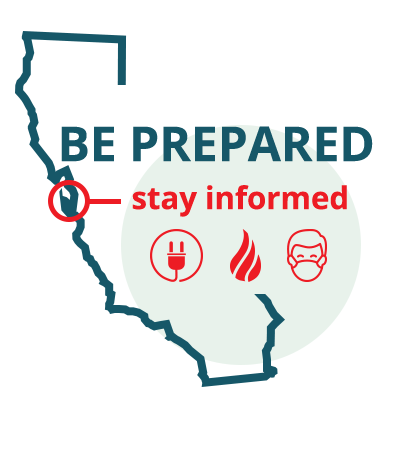Disaster Preparedness
It is critical that the health plan is fully prepared for all types of disasters. Preparedness steps include:
- Identify and assess risks of potential public health crises and natural or man-made emergencies (included in the Disaster Response tables below), considering the likelihood of the emergency within the service area and how the emergency may disrupt HPSM’s business operations.
- Maintain a well-staffed and well-trained Emergency Response Team (ERT) to assist in the safe and effective evacuation of health plan staff from the office building.
- Conduct regular evacuations drills
- Conduct preventive maintenance (and any needed repairs) on life safety equipment, including obtaining all required permits.
- Conduct regular testing of the life safety equipment.
- Conduct all data system back-ups on a regular basis.
- Establish a disaster recovery plan for IT system recovery, including the use of a remote colocation site (currently in Reno, NV).
- Establish a process for identifying critical applications.
- Monitor critical applications and servers, ensuring prompt notification in the event of system failure.
- Conduct regular testing of the back-up and colocation systems (both transferring to the site and connecting back to the plan) as well as the critical applications and servers identified above.
- Develop business-focused downtime procedures.
- Conduct regular testing of these downtime procedures.
- Working with the county to provide mutual aid during emergencies. To do this, we have regularly scheduled meetings between the county health department and the health plan which addresses emergency preparedness as needed.
